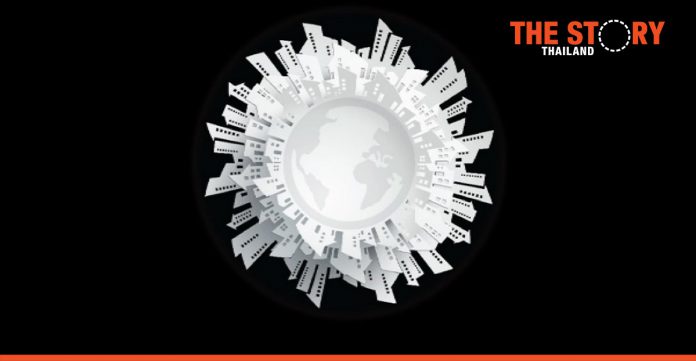The latest report from the Deloitte Centre for Government Insights, Future-proofing cities in a post-pandemic world: Four capabilities to build resiliency in cities.
As the cross-cutting impacts of the COVID-19 pandemic continue to unfold, cities globally are tested on their current state of preparedness as well as their ability to respond to future threats.
This article focuses on how cities can build resiliency in public health systems, government operations, and other city domains by focusing on four key capabilities: nimbleness, scalability, stability, and optionality. Our recommendations are informed by a global survey of 167 cities conducted by Deloitte and ESI ThoughtLab to identify challenges and track progress made by cities in each of the key capabilities of resiliency.
- Post-Covid economic scenarios and necessary corporate and personal skills
- What decarbonization means for utility goals and the digital grid
Key highlights
Four key capabilities found in resilient organisations can be used in the city context to understand the progress cities have made in evolving long-term resiliency:
Nimbleness
· Nearly 52% of surveyed cities cited complex policies, regulations, and procurement procedures as the biggest challenge in achieving their social, environmental, and economic goals.
· Interestingly, cities that are more advanced on the smart maturity curve feel it’s an even bigger challenge than others, with 62% of smart city leaders surveyed calling it out as a challenge compared to 56% of intermediate and 39%.
Scalability
· Only 15% of surveyed cities cited limited digital infrastructure and inflexible legacy systems as a challenge in achieving their social, environmental, and economic goals.
· Cloud is the top digital technology investment, with nearly 88% of cities surveyed making large cloud infrastructure investments today.
Stability
· Nearly 40% of surveyed cities cited lack of timely access to data and advanced analytics to drive operations and decision-making as a big gap during the pandemic—and considered it as a crucial learning from COVID-19.
Optionality
· About 50% of cities stated that finding the right suppliers, partners, and consultants was one of the biggest challenges in achieving their smart city goals.
· Nearly 50% of cities plan to prioritise partnerships with start-ups, consultants, and multilateral organisations.
A lesson in resiliency during the COVID-19 pandemic
In September 2020, when most of the world was grappling with COVID-19, life in Singapore seemed almost normal. Not only were businesses, workplaces, restaurants, and other public places fully open, limited air travel was also permitted. How was this possible when most countries were caught off-guard in dealing with a crisis that hit them out of nowhere? Turns out, much of it can be attributed to the implementation of the SG Clean initiative that required individuals and businesses to follow a set of good hygiene habits and rules. Singapore was prepared. The SG Clean initiative wasn’t a knee-jerk reaction to the COVID-19 pandemic.
Its implementation can be traced all the way back to the systems put in place after 2009 H1N1 outbreaks. First, after the H1N1 outbreak, the government launched the Public Health Preparedness Clinic initiative (PHPC). The PHPC is a network of more than 900 clinics that help provide a consolidated primary care response in public health emergencies, such as the COVID-19 pandemic. In the early days of the pandemic, these clinics provided subsidized care to more than 70% of patients who had contracted the novel coronavirus within the first two days of the onset of symptoms.
Second, in 2014, the Ministry of Health in Singapore implemented the PPE national stockpile and rotation system. The public health system maintained a 3-6 month of PPE stockpile, and vendors resupplied PPEs whenever the stockpile fell below the 90% baseline stock. These stockpiles came in handy during the COVID-19 surge as they ensured adequate PPE availability for health care and frontline workers.
Third, Singapore’s years of investments in technology and digital infrastructure paid dividends during the current pandemic. This digital backbone allowed the city-state to launch a series of citizen-centric apps and portals that helped them find masks, get financial support, identify crowded places to avoid, and get accurate information via government chatbots.
Singapore was able to respond to COVID-19 better than most countries, states, and cities due to a primary focus over the years on building resiliency. It hadn’t seen COVID-19 coming in a crystal ball; it had the physical and digital systems in place for such types of disruptions. After more than a year of the COVID-19 pandemic, cities are still recovering and adapting to the new normal. As the focus shifts from managing the public health crisis to strengthening the public health system and reinvigorating economic recovery, cities should be building long-term resiliency.





